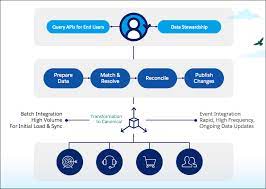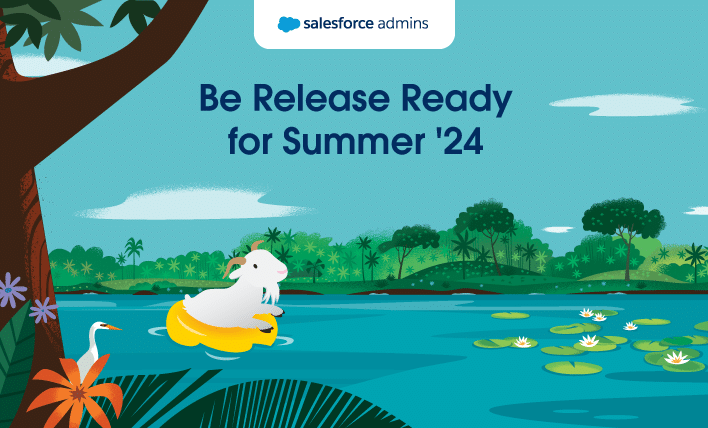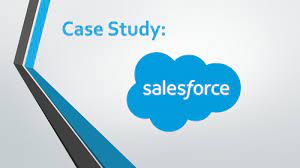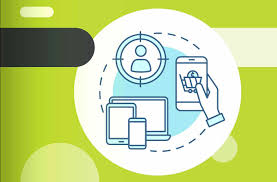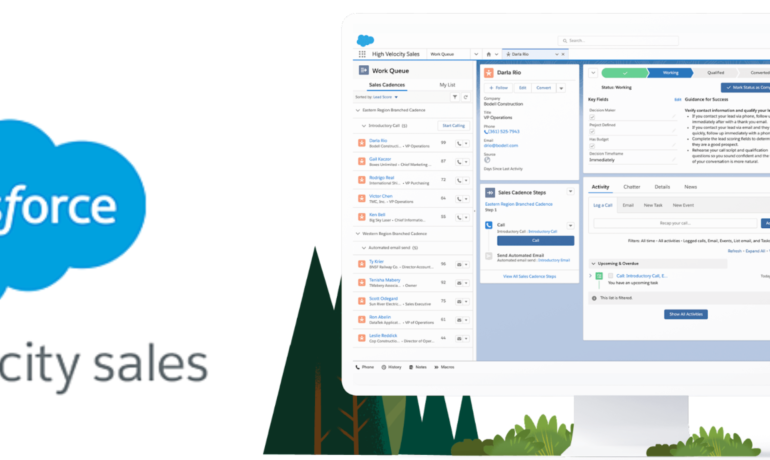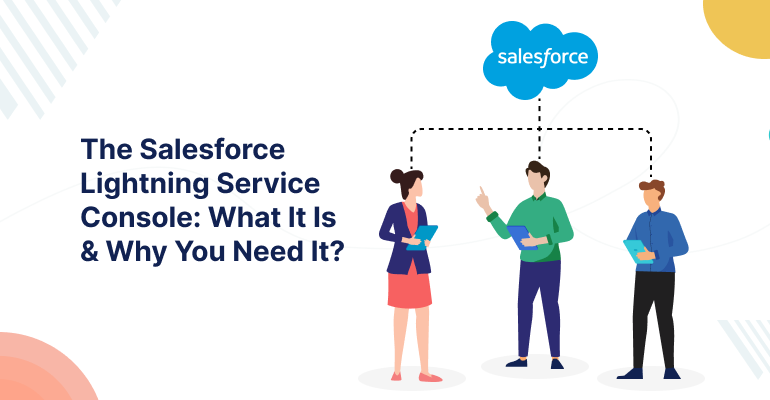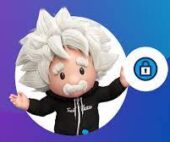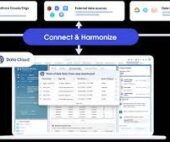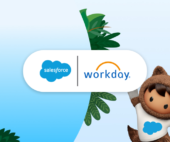Salesforce Customer 360 Data Model
Customer 360 Data Model The Salesforce Customer 360 Data Model simplifies data integration across cloud applications by providing standardized guidelines. This model allows for the creation of data lakes, generation of analytics, training of machine-learning models, and building a unified view of the customer. Organization into Subject Areas The model is organized into various subject

